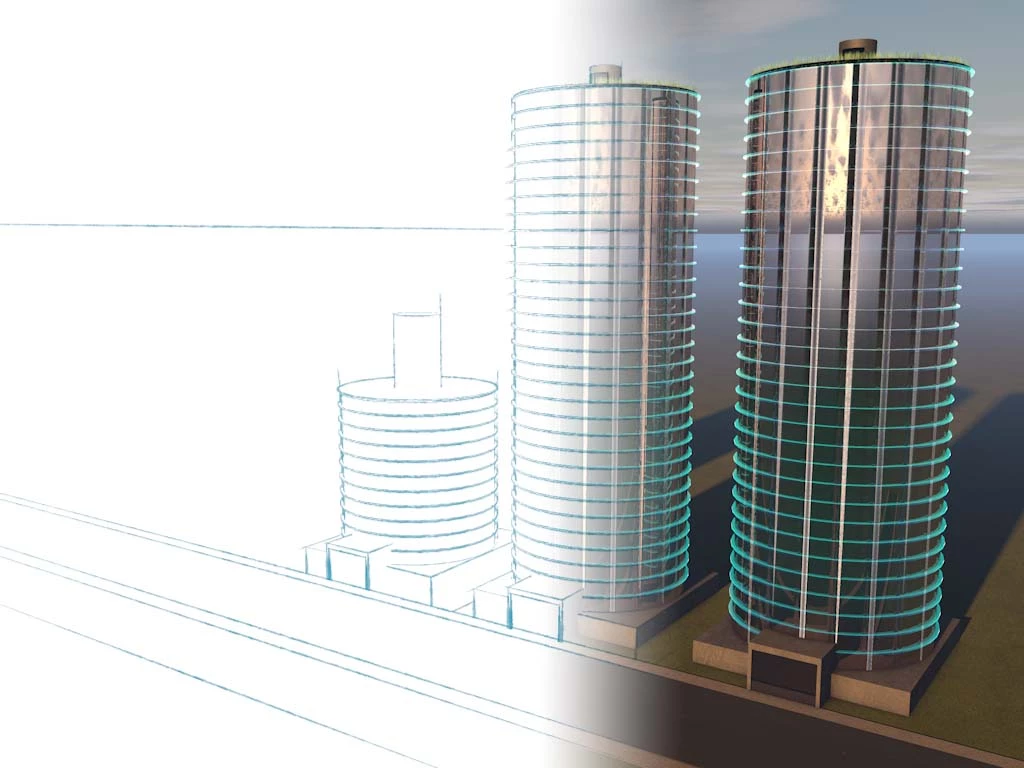Battery hens live pretty grim lives – but what if their lot could be improved with the use of virtual reality? Second Livestock is a project that envisions caged hens being fitted with VR goggles, microphones and movement sensors to give them the impression that they're out in the barnyard doing ... whatever it is chickens prefer to do all day. If the chickens themselves believe they're free and happy, does that mean they should get the free range stamp, even though they're cooped up?
Is this the real world? Is this just fantasy? Art is meant to start conversations – and this piece has certainly started one around the Gizmag offices.
Second Livestock is a conceptual art project that sees battery hens strapped over exercise balls and fitted with virtual reality goggles intended to convince these captive animals that they're out in the barnyard having the time of their lives.

The goggles react when the chickens move or turn their heads, and they're able to noon about in cyberspace, interacting with other chooks and generally doing whatever it is chickens do all day when they're not cooped up in cages.
On one hand Second Livestock is a comment on the cruelty of battery farming – on the other it makes us think about exactly how much of our own lives we spend staring into screens that convince us we're getting things done and having an effect on our surroundings. It's a bit depressing, really.
There's something sweet about the idea of plugging these poor cluckers into their goggles and creating a fun life for them – after all, if a chicken wears these things from an early age, how will they know the difference between real life and what they're seeing?

Of course, it's a sinister reality – and all it'd take would be for one chook to peck the red seed, escape from the system, learn kung fu and start dodging bullets in slow motion, and the whole system could come crashing down.
This "Cockulus Rift" idea is the work of Austin Stewart, an artist, microcontroller programmer and circuit designer. Stewart is also responsible for the "Grass Mask" as shown below – a WW1-style gas mask with wheatgrass growing out the bottom so you can breathe in freshly produced oxygen. We'll pop him on our "inventors to watch" list.








